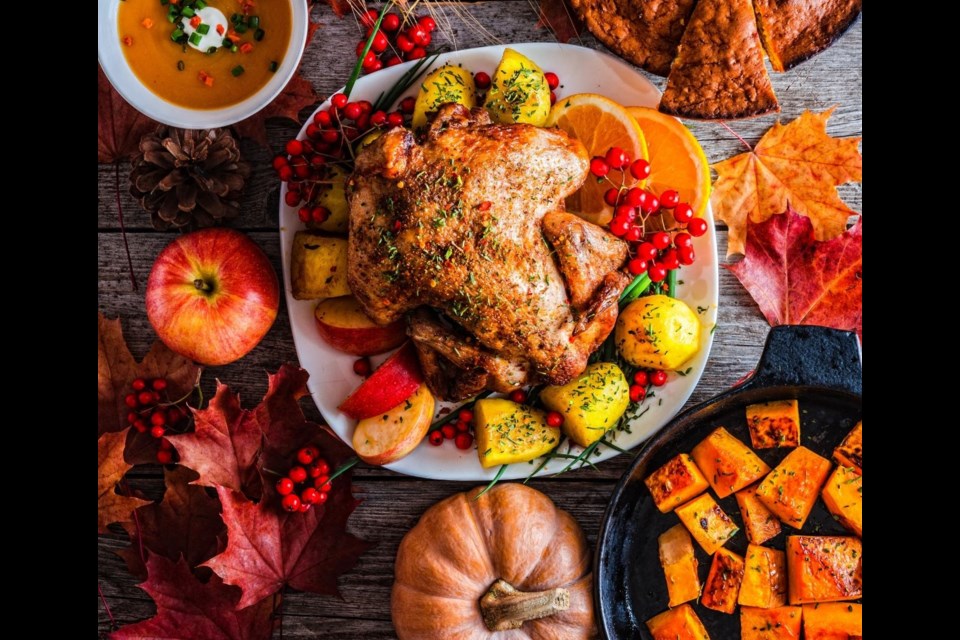As we approach the biggest food holiday of the year, there is one question on every home chef's mind: “How do I cook the best turkey?”
Turkey can feel intimidating for even the most practiced cooks, but it doesn’t have to be with a few simple tips and food safety reminders. Before you know it, you’ll be asked to make the turkey every year.
Defrosting the turkey
The average turkey weighs in at approximately 10 pounds, but you can find turkeys as large as 24 pounds. When selecting your turkey, you do want to choose a frozen bird. Do not buy defrosted; you never know how long it’s been sitting.
When it is time to defrost your own turkey, keep in mind that it will take a couple of days to fully defrost. A good rule of thumb is 24 hours of defrosting time for every 4 pounds. For my Thanksgiving turkey, I usually get it in the fridge by Monday. Then I don’t have to think about it, and I’m not rushed for time later in the week.
The best, and only place, to defrost your turkey is in the fridge. Never leave it on the counter and definitely do not use the microwave. If you use the microwave, you’ll cook the outside of the turkey while leaving the inside raw; this also leads to a dry turkey.
Keeping the turkey moist, flavorful
One of the biggest issues that most home cooks come across is that their turkey is dry. There are a couple of ways to easily avoid that, while also adding lots of flavor.
The first is to create a basic brine. There are lots of different recipes online depending on the flavor profile you want, but the basic idea is soaking a food in a highly seasoned salt solution or rubbing a mix of salt and seasoning directly on the turkey’s skin.
Brining meat is a game-changer in terms of texture and flavor. First, brining ensures that the meat is seasoned all the way through, and second, the salt changes the protein molecules so they can’t form tight clumps which then keeps the meat tender and juicy. Every brine has salt and sugar, but after that, the sky is the limit. I like to add cinnamon, star anise, thyme and even molasses. A brine can be used on pork, chicken and turkey so keep this tip in mind for any big dinner.
The second way to avoid a dry turkey is by adding fat. The easiest way to do this is by adding butter between the skin and meat of the turkey. I like to create a compound butter; you can do this by letting unsalted butter get to room temperature and whisk in herbs and garlic. Similar to the brine, you can add whatever herbs you like. Using the butter this way will add moisture, especially around the breast.
How long to cook a turkey
Here comes the easy part! If you use a brine or butter, you can just put the turkey in the oven and let it cook. The rule of thumb for cooking time is 10 minutes per pound, but this is not the rule. Every oven is different, and the turkey will take longer to cook if there are other items in your oven. The ideal internal temperature for a turkey is 165 degrees Fahrenheit. My suggestion is to test the leg or the thigh, which take longer to cook than the turkey breast.
Remember, the turkey is your priority. Not only is it the star of the meal, but you can use the drippings to make an amazing gravy and flavorful stuffing. These tips will help take the guessing out of turkey. I wish you a great holiday season – happy cooking!
Aris Cabrera is head chef at The Grill at Quail Creek.



